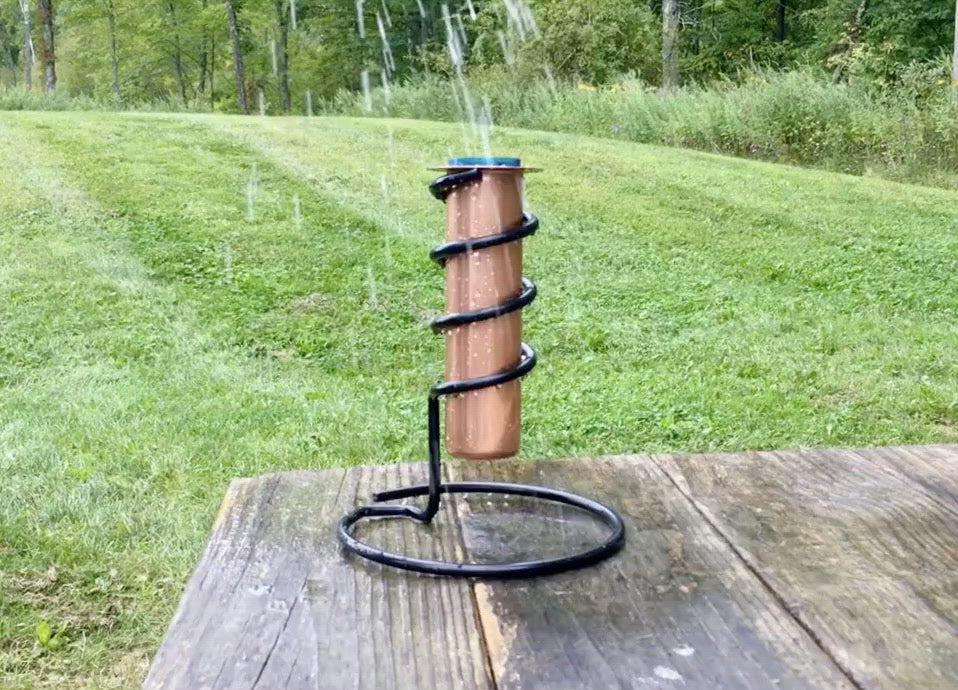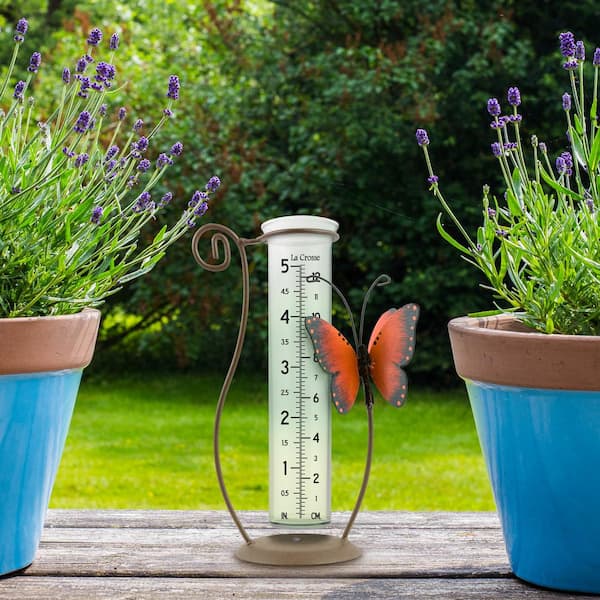Mastering the Scientific Research Behind The Rain Gauge: Insights and Innovations Revealed
Wiki Article
Do It Yourself Rainfall Scale: Simple Actions to Make Your Own
Developing your very own Do it yourself rainfall scale is a easy and reliable way to gauge and tape-record precipitation. With just a couple of usual products and some basic actions, you can conveniently construct your very own rain gauge at home. Allow's obtain started on making your Do it yourself rain gauge today!Gather Materials
To begin building your DIY rainfall scale, gather all the essential products making use of a detailed list of things. Having the best products on hand will make certain the successful production of your rain gauge and allow for exact dimensions of rainfall. Collecting these products ahead of time will certainly improve the building procedure and guarantee that you have everything you require to develop your own Do it yourself rain gauge.Prepare the Container

Mark the Measurement Increments
To accurately gauge the quantity of rains, accurately marking the measurement increments on your do it yourself rain gauge is crucial. Without accurate and clear markings, it would be hard to identify the specific quantity of rainfall gathered in your rainfall scale. Below are the actions to note the dimension increments on your rainfall gauge.The most common systems for measuring rains are millimeters and inches. As soon as you have actually picked the unit, make use of a long-term marker or water resistant paint to mark the increments on the side of your rain gauge.
When marking the increments, it is essential to ensure that they are evenly spaced and clearly noticeable. Use a ruler or gauging tape to ensure precision and consistency. Additionally, make sure that the markings are immune to fading or scrubing off, as direct exposure to the components might cause them to deteriorate in time.
Place the Rain Scale Outdoors
The rain scale need to be positioned outdoors to properly accumulate rainfall data. The place find this chosen for the rainfall gauge should be open and cost-free from any type of obstructions that can possibly impact the measurement of rainfall. The Rain Gauge.In addition, it is critical to position the rainfall gauge on a secure surface area, such as a degree ground or a durable article. This will avoid any motion or tilting of the gauge, which can lead to imprecise dimensions. It is also advisable to stay clear of positioning the gauge near any resources of synthetic water, such as lawn sprinklers or drainage systems, as this can hinder the accuracy of the measurements.
Monitor and Document Rain Data
Normal monitoring and recording of rains data is essential for exact data analysis and analysis. By tracking rains dimensions, you can gain important understandings into weather patterns, climate trends, and water source administration. To effectively monitor and tape-record rainfall data, it is essential to establish a regular and maintain consistent methods.To start with, make certain that your rain gauge is positioned in an open area far from challenges such as trees or structures that might block rains. In addition, make certain the rainfall scale is level and securely secured to important source stop any activity that can affect the precision of the measurements.

When tape-recording the rains information, it is essential to note the date and time of each measurement. Make use of a ruler or a determining adhere to figure out the rains depth in the rain scale, and document this information properly.
To make certain the precision of the measurements, it is recommended to clear the rainfall scale after each recording. This will certainly protect against any overflow or dissipation from affecting subsequent measurements.
Final Thought
Finally, creating a DIY rain scale is a basic and visit sensible means to check and record rainfall data (The Rain Gauge). By following the steps described in this short article, you can quickly gather materials, prepare the container, note the dimension increments, and position the rainfall gauge outdoors. Consistently monitoring and tape-recording rains information can offer important info for different objectivesHaving the appropriate products on hand will certainly ensure the successful production of your rain gauge and enable for accurate measurements of rainfall.To properly determine the quantity of rainfall, precisely noting the measurement increments on your DIY rainfall scale is crucial.The rainfall scale need to be placed outdoors to precisely gather rainfall data. The location selected for the rainfall gauge need to be open and totally free from any kind of blockages that could possibly influence the measurement of rains.In final thought, producing a DIY rain gauge is a simple and sensible means to keep track of and videotape rainfall data.
Report this wiki page